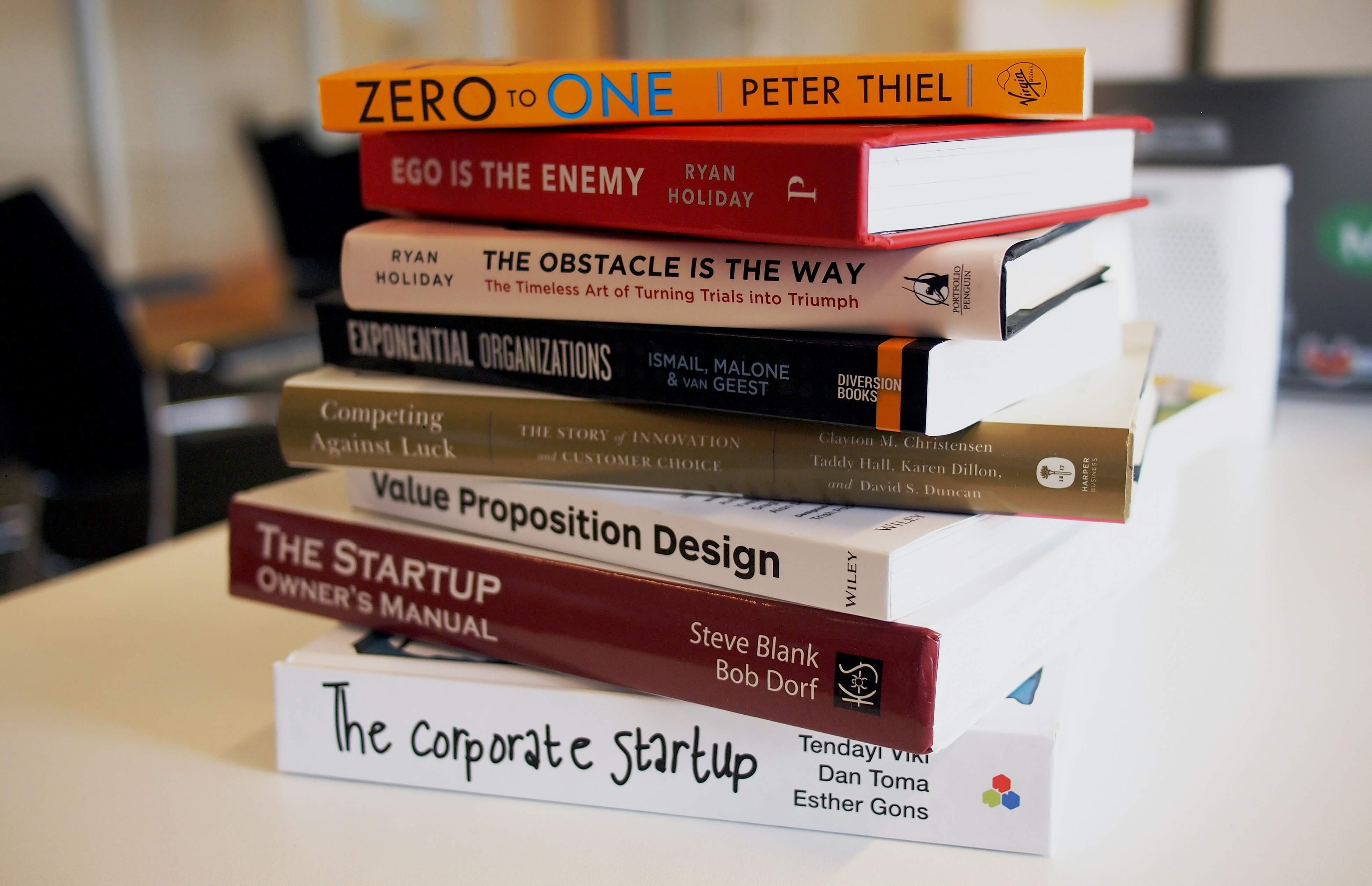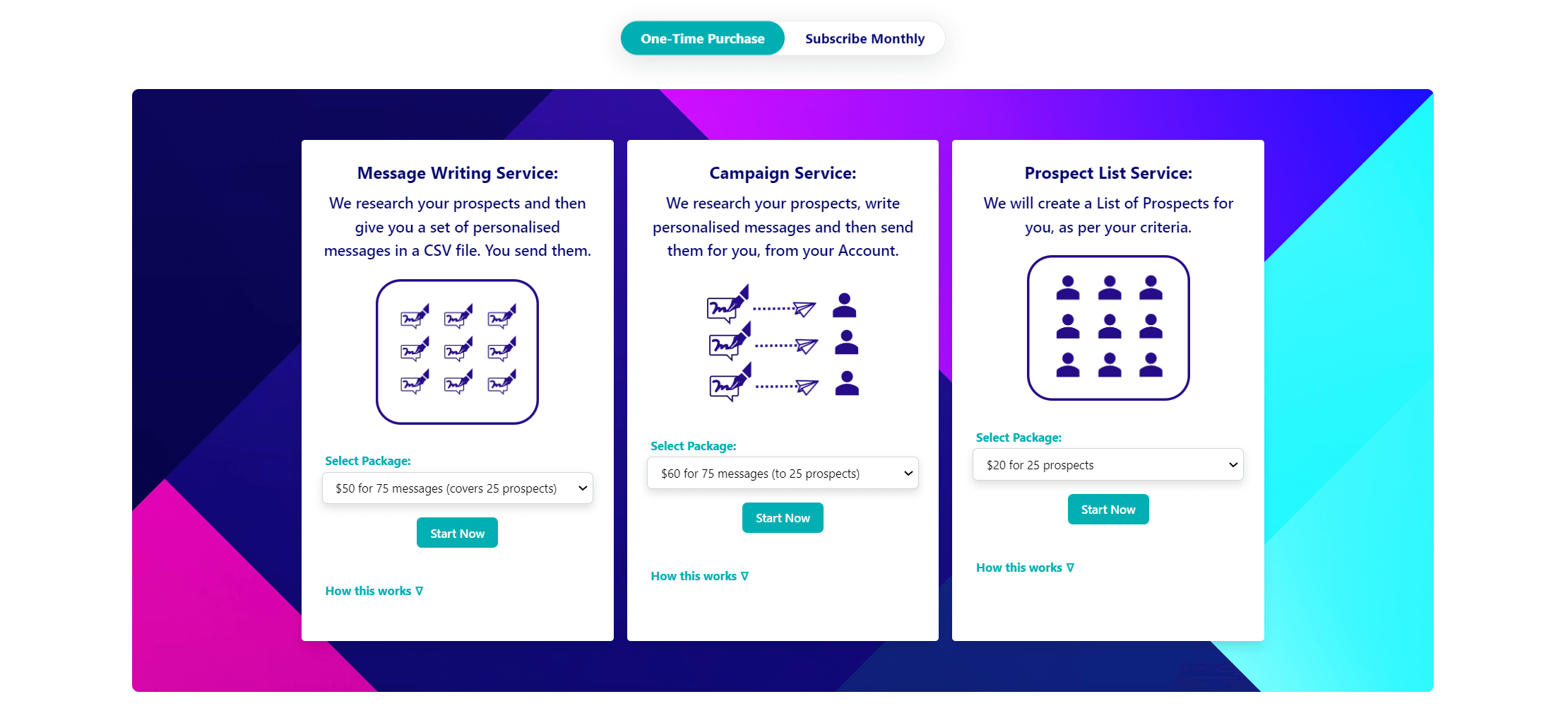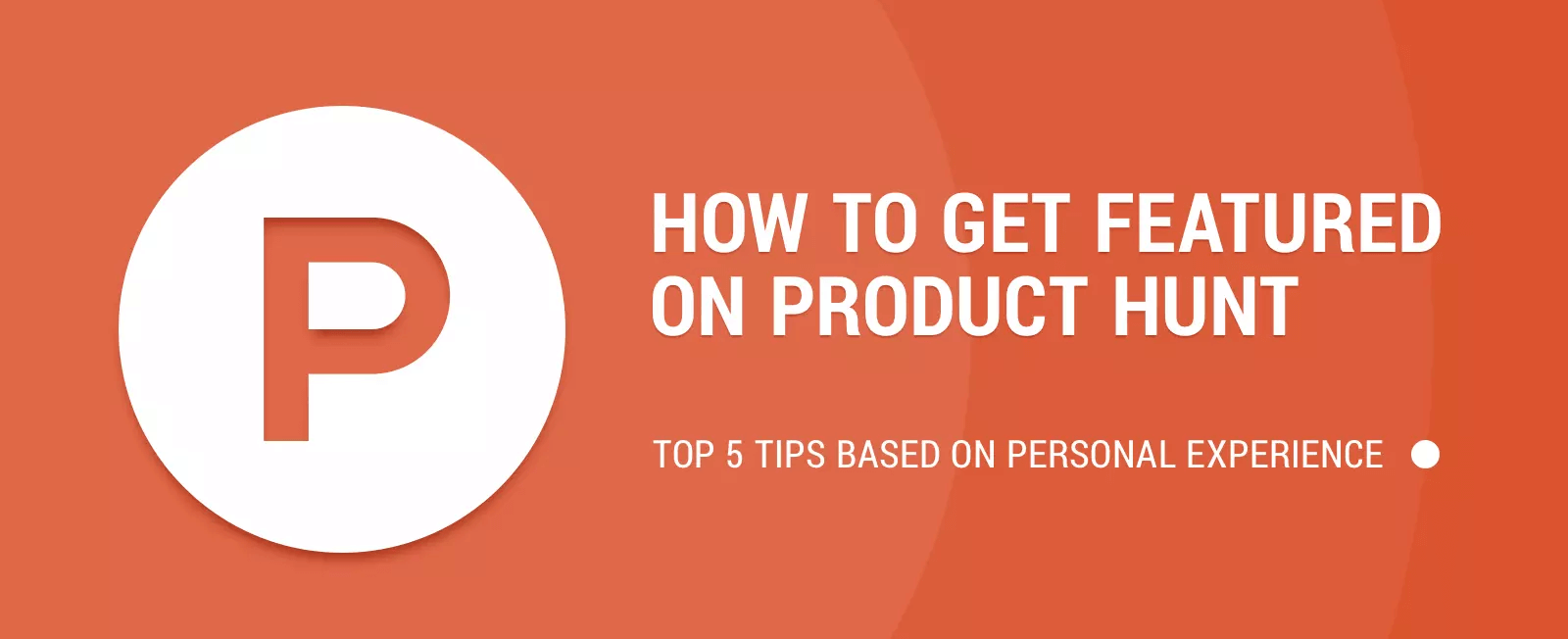We use Koneksi messages in our own outreach campaigns - here's how it's going

We update this blog on a regular basis. The latest recommendations and most recent campaign information are always at the top.
Our latest recommended Campaign Configuration
- i.e. this is what we currently believe works best
Why it's important to know this:
- As with any tool, there are different ways to use it. Some of the variability in our customers' results is down to the choices they make in the way they use our platform.
- We have the privilege of being able to use and re-use our platform in different ways - so we want to publicise what we find works the best for us - with the intention that customers are able to generate the same quality results.
The end to end process we use:
- Our team gathers leads using LinkedIn Sales Navigator and a small amount of manual research
- We load those leads into Koneksi and generate Connection Request Messages, First Follow Up Messages and Share Material Messages
- We use our Skylead integration to send those leads and their individually customised messages to Skylead
- We configure the following campaign steps in Skylead (see cover photo): View profile, Follow, Invite to Connect, Follow Up Message, Share Material Message
We use the following Koneksi configuration options:
- Connection Requests include both an element of research about the prospect as well as an element of proposition, to explain why we're reaching out
- The First Follow-Up Message asks to share material rather than to jump on a call
- The Share Material message shares one of a selection of recent blog posts - the one that is of highest relevance to the recipient
Fourth fully automated campaign with Skylead - and reflections
We changed a couple of things for this campaign, just to test the results. The changes we made were:
- We did not send a Material Share message after the Follow Up message. We expected that this would bring the reply rates down.
- We changed the LinkedIn title of the profile sending the connection requests.
We kept everything else the same.
Here are the stats:

Reflections:
- These rates are a substantial reduction on the previous rates.
- The connection request acceptance rate is 3/5 of the previous rates, and is hovering in the upper middle of the industry average range rather than well above it. We suspect a couple of reasons for this.
- First, the LinkedIn title on the profile being used was much more obviously 'LinkedIn automation' related - which might have created reluctance to accept.
- Second, the list of prospects loaded into this campaign were the final batch of a certain segment we have been targeting - and possibly the least active on LinkedIn, as well as possibly the lowest quality targets.
- The response rate is just above 1/3 of our previous rates, although still 5x more than the industry average. We estimate that the reason for this reduction in responses is due to:
- No Material Share message being sent (meaning that there is 1/3 less prompts to encourage the prospect to reply) and
- The LinkedIn title again being too transparently related to LinkedIn automation and therefore turning prospects away.
- The timing of the campaign is likely also to have had a negative impact on the rates. We kicked the campaign off in the first week of January - meaning that many people will have received the two notifications (connection request and follow up message) while still on end of year holidayys. If this is the case, we might see an uptick in acceptance rates over a much longer period of time, when prospects log back into LinkedIn and actively manage their requests.
- The results of this campaign are less encouraging than previous campaigns, although still good by comparison to industry averages, and we will continue to test these reflections to ensure that we have confirmed exactly why we're seeing the differences in rates.
Third fully automated campaign with Skylead - and reflections
For follow-up messages, this campaign replicated exactly the same logic and process as the previous campaign, because we were really happy with its results.
However, for the connection request message, the campaign took a softer approach than the previous campaign. This time, our connection request messages included only a reference to research about the prospect's work - and not to Koneksi or why it might be a useful tool for the prospect.
Here are the stats:

Reflections:
- These rates are very strong.
- The connection request acceptance rate is the same as the previous campaign - meaning that the rate of acceptance was not affected by how 'hard sell' the connection request message was. Whether the message contained only research, or research and a mention of Koneksi did not have a bearing on the likelihood that prospects would accept.
- The response rate is our best rate yet! Half of all campaign prospects accepted the connection request, and a third of all prospects also wrote a response message. That means that 75% of prospects that accepted the connection request also replied.
- While this response rate is brilliant, there are some nuances to consider. Due to the fact that the connection request message only showed interest in the prospect's work, and did not reference Koneksi or make it clear that the intention of the connection is essentially to sell Koneksi, the responses were not optimal for moving the conversation forwards in the right direction immmediately. So: higher quantity of responses, but not necessarily higher quality of responses.
- It would have been good to have a higher volume of prospects included in this campaign, but our current bottleneck is list building. Our team can only build a list of a certain number of prospects in a certain amount of time, because there is an element of manual research involved. We are now looking at scaling this process.
Second fully automated campaign with Skylead - and reflections
This campaign was loaded with the same connection request message logic as the previous campaign, but an updated version of the first follow-up message logic. Follow-up messages in this campaign took a gentler approach. They suggested pain points the prospect might be experiencing, and asked whether that was something they had felt. They then explained how Koneksi could solve those pain points. This campaign also introduced a third message into the flow - the Share Material message.
The response rate results of this campaign were significantly better.
Here are the stats:

Reflections:
- The softer follow-up logic made a big difference to the response rates at that step.
- The Share Material message also elicited a number of responses.
- Another customer signed up just from receiving the connection request message. We love it when that happens!
First fully automated campaign with Skylead - and reflections
This campaign tested an early iteration of Koneksi's connection request message configuration. Some recipients received a follow-up message and others didn't - we're still not sure why (all messages were loaded into Skylead).
Here are the stats:

Reflections:
- The connection acceptance rate for this campaign is brilliant. In fact, the acceptance rate was 35% within the first 3 days (which was actually even over a weekend). Typically it takes a little longer for the recipients of the campaign's connection requests to look at their LinkedIn and accept the request - but for some reason, this one achieved a lot of acceptances really quickly. Perhaps just luck!
- One lead signed up as a Koneksi customer just from receiving the connection request message. Amazing!
- The response rate for this campaign is decent, and still better than industry average, but could be much better. There are a couple of reasons we believe the response rate wasn't as high as in subsequent campaigns. Firstly, not all recipients received a first follow-up message, even though they had been loaded into Skylead. We don't have visibility of why this happened, but can only assume Skylead have now fixed that problem, given subsequent campaigns haven't had this same issue. Secondly, the logic of the first follow-up messages that were sent was a little more hard-ball. It didn't ask any questions, for one. It also took the approach of 'I think there's potential for us to work together' - which, on reflection, is a phrase I see a lot in cold outreach messages, and it feels a little generic and impersonal compared to our next iteration of message logic.
Our earliest campaigns (which were all agency-run) - and reflections
- We ran our earliest campaigns with a UK-based agency. This agency has an in-house automation tool and we loaded our messages into that tool via csv.
- The first campaign we ran tested the concept of personalised messages. We wanted to know whether a personalised connection request would more likely be accepted than a blank connection request. We ran this test from my LinkedIn profile, and we used an early iteration of Koneksi's connection request message logic.
Here are the stats:

Reflections:
- In this campaign, we saw that the personalised connection request message generated double the number of acceptances, and 30x the number of replies.
- There is an industry-wide belief that blank connection requests are the most likely to be accepted - more so than any request that includes a message. But noone has tested 100% custom messages. The belief is based on evidence that tested on blank vs a generic message (at best with dynamic keyword variables). Our first campaign proved that wrong, but one campaign isn't enough evidence.
- So we ran campaigns from other profiles to test the hypothesis that a 100% custom connection request message would get more accepts than a blank connection request. Here is another example which proved the hypothesis to be correct:
Here are the stats:

Reflections:
- Here we saw that a 100% personalised message in the connection request increased the likelihood that the recipient would accept vs a blank connection request by 50%, and it tripled the likelihood that they would reply.
- I'll write another blog post on blank vs populated connection request messages - and why we're challenging the longheld industry-wide belief about blank requests. It's worth diving into more detail on how and why we've proven a new hypothesis on this one.



